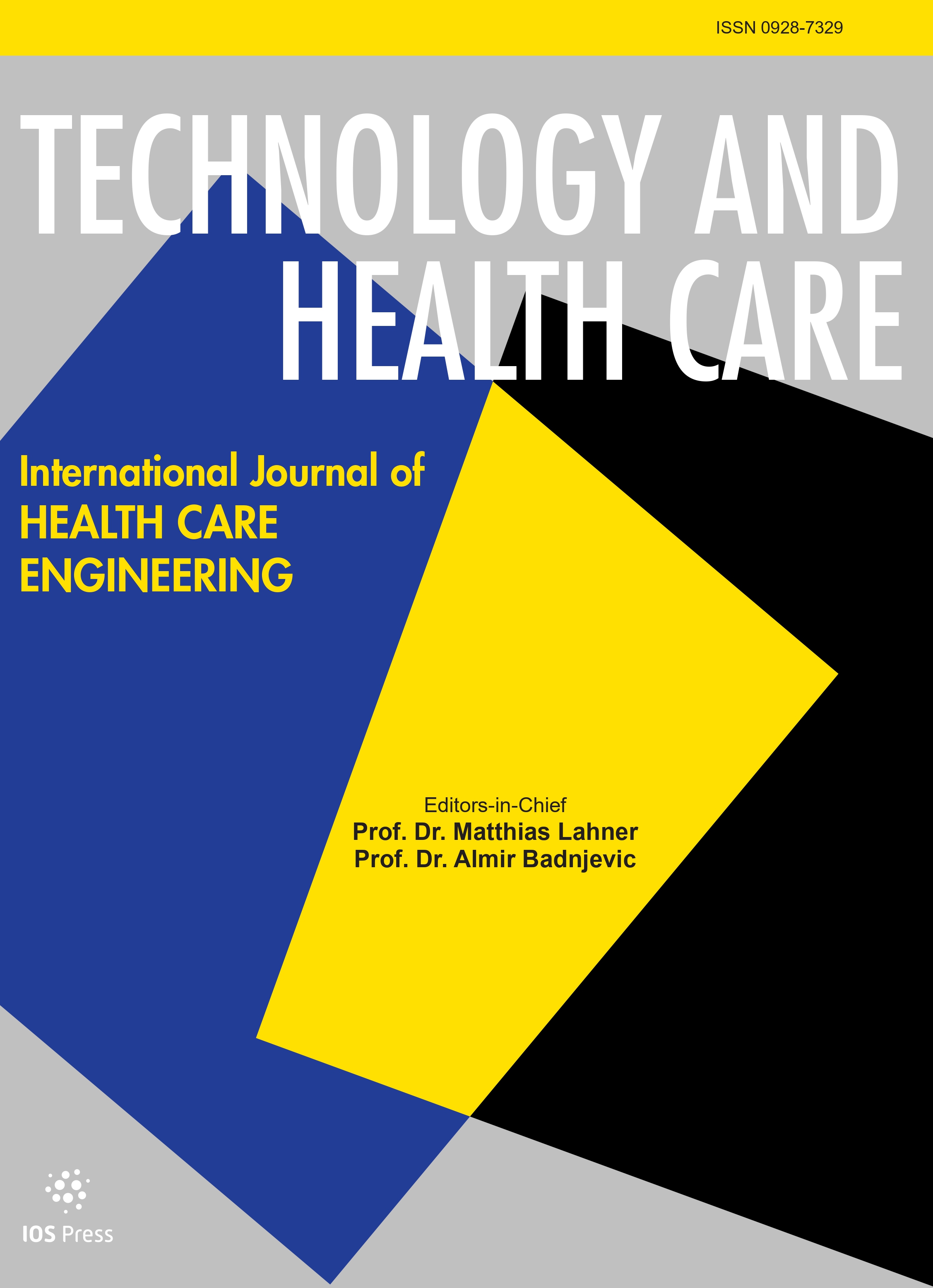Authors: Zhang, Teng | Wang, Guodong | Li, Qiang | Yan, Pan | Sun, Jijun | Jin, Yun
Article Type:
Research Article
Abstract:
BACKGROUND: Chronic obstructive pulmonary disease (COPD) causes organic damage as well as anxiety, depression, fear, and other psychological disorders, which seriously affect the quality of life and prognosis of patients and cause a huge economic burden to the family and society. OBJECTIVE: The aim of this study was to investigate the correlation between an imbalance of serum Th1/Th2 indicators and psychiatric depression in elderly patients with COPD and analyze its implications for clinical management. METHODS: From January 2018 to May 2022, 120 elderly patients with COPD treated at our hospital were categorized into
…two groups based on the self-rating depression scale (SDS): COPD with depression (SDS score ⩾ 50) and COPD alone (SDS score < 50). Blood gas analysis, pulmonary function, and serum Th1/Th2 index were determined. Receiver operating characteristic (ROC) curves were analyzed to explore the diagnostic value of serum Th1/Th2 ratios for COPD complicated by depression. RESULTS: Compared with the group without depression, the partial pressure of carbon dioxide and COPD assessment test scores were significantly higher, and the oxygenation index, forced expiratory volume in one second (FEV1), and percent predicted FEV1 were significantly lower in the COPD with depression group (P < 0.05). Interleukin (IL)-1β , IL-2, IL-6, IL-8, IL-10, and tumor necrosis factor-α (TNF-α ) were significantly higher in the COPD with depression group than in the group without depression (P < 0.05). Logistic regression analysis indicated that the imbalance of serum IL-1β , IL-2, IL-6, IL-8, IL-10, and TNF-α was a risk factor for mental depression in elderly patients with COPD. When comparing prognostic indices, the interval before the first onset of clinically noticeable deterioration (CID-C) in the COPD with depression group was noticeably shorter than that in the COPD without depression group; the incidence of CID-C within 6 months was noticeably higher in the COPD with depression group than in the group without depression. CONCLUSION: Elderly patients with COPD and depression had reduced pulmonary function and higher serum Th1/Th2 levels, and an imbalance in serum Th1/Th2 indicators was a potential risk factor for depression. Moreover, elderly patients with COPD and depression were at a higher risk of disease progression and had a worse prognosis. Thus, an imbalance in serum Th1/Th2 indicators is a potential prognostic factor for evaluating depression in patients with COPD.
Show more
Keywords: Th1/Th2, imbalance, COPD, depression, prognosis
DOI: 10.3233/THC-230665
Citation: Technology and Health Care,
vol. 31, no. 6, pp. 2047-2058, 2023





